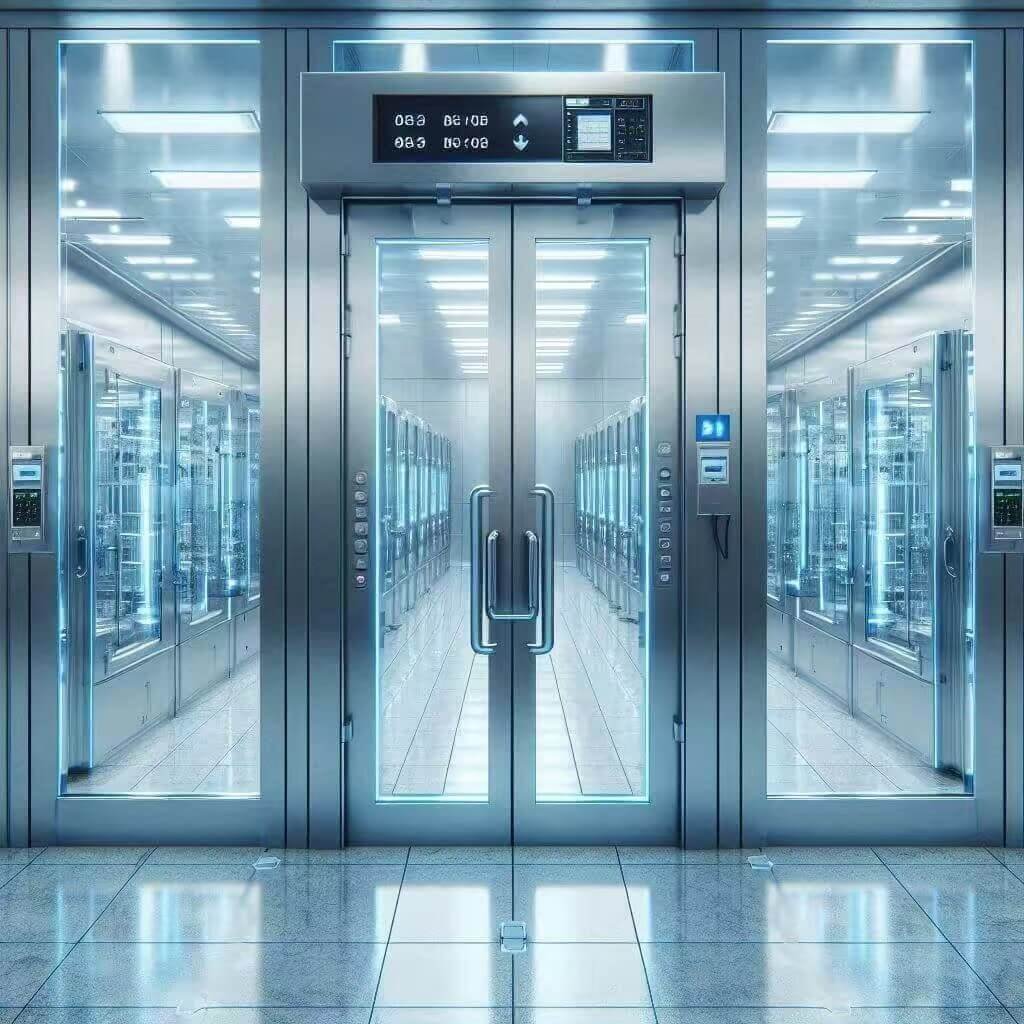
Clean Room Doors: Why are Essential For Pharmaceuticals
With the continuous progress of science and technology and industrial production. Clean room has become an important part of the pharmaceutical, semiconductor, biotechnology and food processing industries, etc. As a key equipment to maintain the clean room environment, the development trend and technological innovation of clean room doors have received more and more attention. We will discuss the future development trend of clean room doors, introduce the industrial doors suitable for installation at the clean room, and analyze their advantages and disadvantages. So as to provide reference for enterprises to choose the right solution.
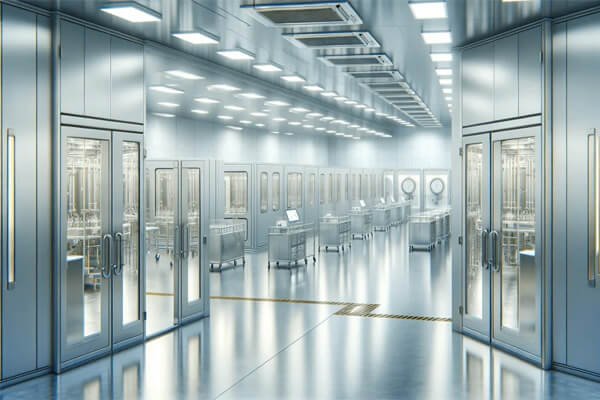
Why Clean Room Doors are Essential For Modern Industries
Clean room is a space with extremely stringent environmental requirements, where factors such as air quality, temperature, humidity, and airflow rate must be controlled to ensure that the production process of products is not contaminated. The clean room door plays a vital role as a barrier between the cleanroom and the outside environment. The following points explain why clean room doors are essential:
Preventing the entry of contaminants
The main function of a clean room door is to prevent dust, microorganisms and chemical contaminants in the outside air from entering the cleanroom. Efficient sealing performance ensures that the air quality in the clean room meets cleanliness standards. Thereby safeguarding the quality of the products produced.
Maintaining Air Pressure Equilibrium
Cleanrooms often need to maintain a specific air pressure to prevent contaminants from penetrating through the air. The sealing performance of clean room doors and pressure regulating functions help to maintain air pressure balance and prevent airborne infiltration of dust and contaminants.
Controlling Temperature and Humidity
In a cleanroom, stability of temperature and humidity is important to the manufacturing process. Clean room doors effectively insulate the external environment from temperature and humidity. Preventing the stabilization of environmental conditions inside the cleanroom from affecting sensitive products.
Improved productivity and safety
Cleanroom doors open quickly and frequently. It not only reduces the pollution caused by air convection, but also improves work efficiency. In addition, in special applications, the cleanroom door also has fire prevention, explosion-proof and other safety features to further protect the safety of the production process.
What are Different Types of High Speed Door for Cleanrooms

Fabric Doors
Fabric doors are commonly used in industrial workshops and equipment rooms. These doors allow for rapid partitioning at speeds of 0.8-2 m/s (adjustable), maintaining cleanliness and temperature insulation. They are therefore suitable for areas with high cleanliness requirements for logistics.
- Advantages: Fabric roll up doors are characterized by fast opening and closing, good sealing and small occupied space, which is very suitable for high-frequency use at the entrance of clean room. In addition, the curtain material is wear-resistant PVC, with good chemical resistance and easy to clean.
- Disadvantages: The durability of fast doors may not be as good as other types of doors. Especially under high-intensity use, the quality of the motor and control system is required to be higher.
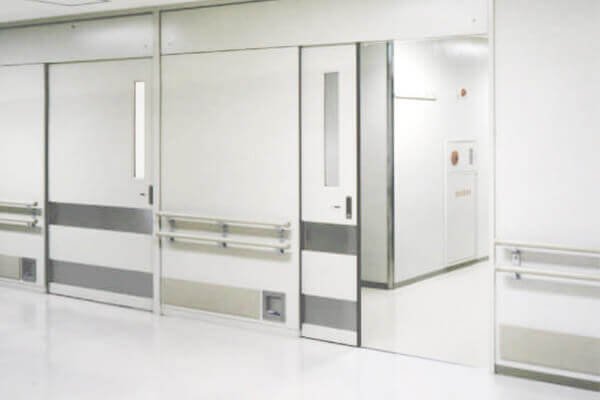
Sliding Doors
Sliding doors are doors that open by sliding horizontally, usually parallel to the wall. These doors can be manual or automatic and can slide horizontally to save space. They are commonly used and are ideal for cleanrooms where space is limited.
- Advantages: Sliding doors are structurally stable, seal well, and can be custom sized to fit different cleanroom entrance requirements. Their mechanical drive system is simple and has a low failure rate, making them suitable for locations that require larger openings.
- Disadvantages: The sliding door has a slow opening and closing speed, which may not be suitable for cleanrooms that need to be opened frequently. At the same time, its installation needs to occupy a certain amount of side wall space, not suitable for space-restricted areas.
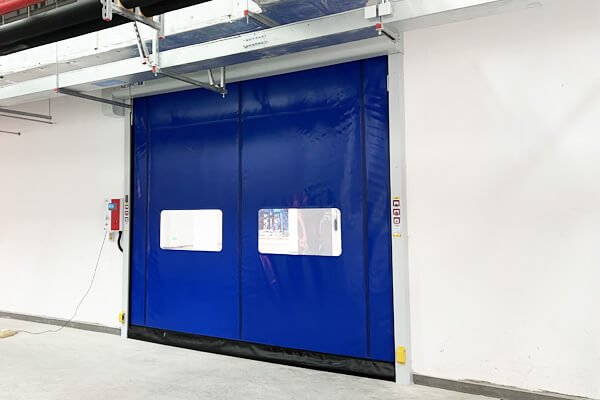
Plastic Zipper Door
Plastic zipper doors have a unique rail-type zipper design and fast opening function. They are suitable for air showers and clean rooms in the pharmaceutical, food and electronics industries. It achieves an excellent sealing effect and reduces the risk of contaminants entering the clean area.
Advantage: Good sealing and isolation performance. Self-repairing function to reduce maintenance costs.
Disadvantages: Higher initial cost and specialized installation requirements.
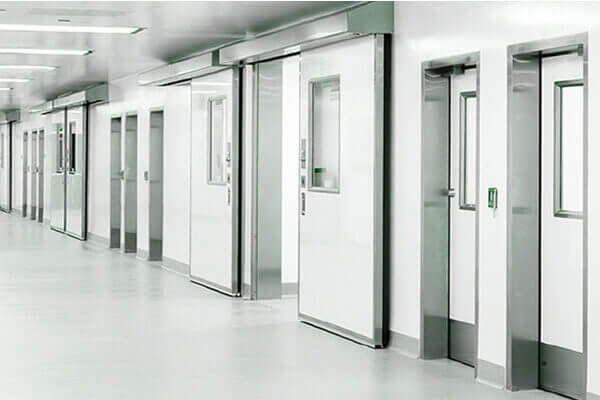
Airtight Doors
Airtight doors are mainly used in hospital outpatient and ward areas. It prevents direct convection with outside air, protects good sealing and impermeability, and avoids outside pollution of the indoor environment. Airtight operating room door is an important product for hospitals to treat patients and save lives
Advantages: It has extremely high sealing and airtightness, which can effectively prevent the entry of air pollutants. The door body is usually made of aluminum alloy or stainless steel, which is durable and easy to clean.
Disadvantages: Airtight doors are more expensive, and due to their heavy body, they are slower to open and close. In addition, the installation and maintenance of airtight doors is also more complex and requires specialized personnel to operate.
Steel Fire Doors
Steel fire doors are commonly used in industrial and automotive cleanrooms. These doors are rolled into coils to save a lot of space. They can be opened and closed quickly and are ideal for cleanrooms where large equipment needs to be transported frequently.
Advantages: Roller shutter doors are suitable for locations where high security is required. They are designed to close automatically in the event of a fire, providing effective fire separation.
Disadvantages: Rolling doors are often bulky and their materials can add thickness and weight to the door, affecting the speed at which they open and close. In addition, they are more expensive to maintain.
How to Choose the Right Clean Room Doors
When purchasing clean room doors, companies should fully consider the following key points to ensure that the doors selected can meet the strict requirements of the cleanroom:
Maintain appropriate humidity levels
Clean room doors should have good sealing performance to prevent moisture in the outside air from entering the clean room. Particularly when manufacturing moisture sensitive products, it is vital that the door body has a moisture control function, which can be achieved either through the door body material or the airtight design.
Regulating Temperature
Clean room doors should be able to effectively isolate outside temperature changes and prevent temperature fluctuations from affecting the production environment within the cleanroom. Quality door materials and sealing designs can ensure a constant temperature inside the cleanroom, helping to improve product quality.
Good sealing performance
Sealing performance is an important indicator of the quality of clean room doors. A well sealed door prevents airborne particles, dust and contaminants from entering the cleanroom and ensures that cleanliness levels are not compromised. This is usually achieved through double seals or automatic closing systems.
Easy to clean
High speed doors should be made of smooth, dust-resistant materials, with surface coatings that are antimicrobial and chemically resistant. This facilitates regular cleaning and maintenance, ensuring that the cleanroom is always in ideal working condition.
Fast opening and closing speeds
To reduce the risk of contamination from air movement, clean room doors should open and close quickly. This not only shortens the time it takes for people or equipment to enter and exit, but also effectively reduces the amount of indoor and outdoor air exchange and maintains a stable environment.

The Future Development Trend of Clean Room Doors
Intelligent control system
Clean room doors will develop in the direction of intelligence in the future. It will have functions such as automatic sensing, remote control and data analysis. By connecting with the intelligent building management system, the clean room entrance door can monitor and adjust the opening and closing frequency in real time, keep the internal workshop clean, and thus improve the environmental control efficiency of the clean room.
Efficient and energy-saving design
With the increase of environmental awareness and the rise of energy costs, the design of clean room doors will pay more attention to energy saving. The door body material in the future may adopt composite materials with better thermal insulation performance. At the same time, the door frame and seals will be further optimized to reduce heat and air loss.
Self-cleaning function
In industries with high requirements for cleanliness, the self-cleaning function will become one of the development trends of clean room doors. By applying special coatings or UV disinfection functions on the door surface, the door body can automatically remove dust and microorganisms and reduce the risk of cross contamination.
Customized features
With the diversification of clean room needs in various industries and fields. The customized design of industrial doors will become the focus of future development. Enterprises can choose different types of door bodies, drive modes and control systems according to specific needs to create a clean room entrance solution that is more suitable for the production environment.
What are the Advantages of SEPPES Among Industrial Door Manufacturers and Brands?
SEPPES was founded in 2011, is a well-known brand in the industrial door manufacturing industry all over the world. Manufacturing a wide range of industrial doors and loading dock equipment, manufacturing, marketing and service system throughout Europe, Asia, the Americas and Africa. The field covers industrial production, public buildings, culture and education, diagnosis and treatment, freight logistics, civil type and many other industries. Exported to more than 60 countries around the world, for more than 70 of the world’s top 500 enterprises to provide products.
SEPPES can fully satisfy the function and demand of hospitals because of the R&D and improvement of products in material selection, product design, product quality and door configuration. Which are closely related to the actual demand of medicine and clean engineering. SEPPES has provided products and technical solutions for more than 3800 enterprises.
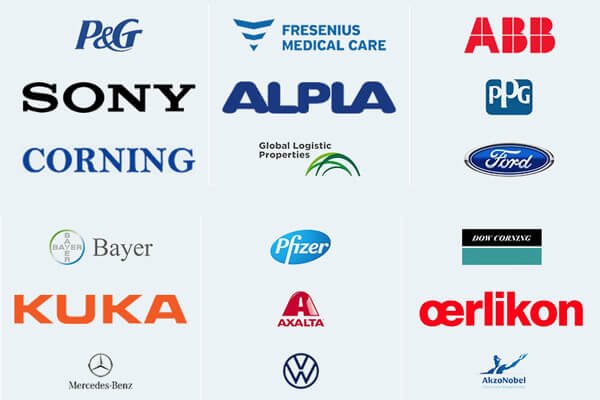
Clean room doors play a key role in cleanroom environments, ensuring that production processes are not disrupted by external factors. When purchasing clean room doors, companies should focus on key points such as humidity regulation, temperature control, sealing performance, ease of cleaning, and opening and closing speeds to ensure that they meet the strict requirements of the cleanrooms.

